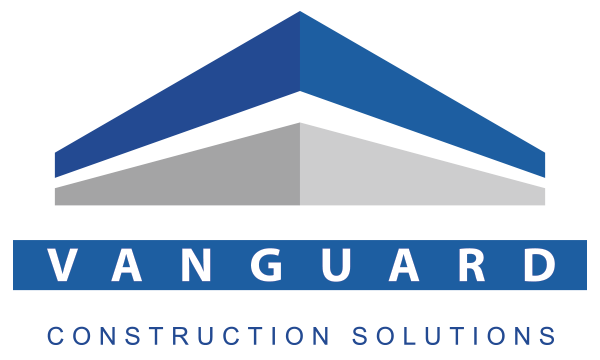
Typically the main access points of a sewer system, manholes must be inspected at the beginning of a nearby construction job to record existing conditions and again at the end of the job to document any changes in condition and report any necessary repairs that will need to be performed.
Following NASSCO guidelines, Vanguard performs Level 1 and Level 2 manhole inspections using some of the most advanced digital 3D inspection equipment available. Our cutting-edge remote-controlled tools provide detailed scans of the surfaces inside of manholes to identify defects as small as 1 mm in size. Each scan is collected and analyzed by a MACP-certified inspector and the results are compiled, following the PACP-established coding system, into a detailed report outlining each imperfection by type and severity.

What We’re Looking For
When we perform manhole inspections, we’re simply documenting the existing condition of the manhole and its lateral pipelines. This exercise can help discover potential issues such as collapsed sewer laterals, blockages, cracks, cross bores or structural damage. Using our non-destructive equipment and tools, we’re able to provide detailed information and valuable insights to project owners that can help them limit project delays, recommend corrective action and avoid unwarranted litigation.
Our Standards
We are routinely hired by project owners in the Tri-State Area to perform manhole inspections because we recognize and adhere to the Manhole Assessment and Certification Program (MACP) for standardized data collection put into place by the National Association of Sewer Service Companies (NASSCO).
This program has two inspection protocols:
Level 1 inspection: Basic condition assessment with information to evaluate the general condition of a manhole.
Level 2 inspection: Detailed documentation of defects to determine manhole condition; provide the specifics needed for rehabilitation.
The program’s standardized defect codes have corresponding condition grades assigned to them based on the severity of deterioration, as shown in the table below.
| Grade | Condition | Definition |
|---|---|---|
| 5 | Extremely Poor | Most Significant Defect |
| 4 | Poor | Significant Defect |
| 3 | Fair | Moderate Defect |
| 2 | Good | Minor to Moderate Defect |
| 1 | Excellent | Minor Defect |
What is NASSCO?
The National Association of Sewer Service Companies (NASSCO) is a not-for-profit corporation serving all areas of the pipeline assessment and rehabilitation industry since 1976. Using the UK’s Water Research Centre codes as its basis, NASSCO sets the industry standards for underground pipeline assessment and rehabilitation; prior to NASSCO, the US had no such standards.
The Importance of Manhole Inspections
A damaged or deteriorated manhole can develop serious cracks that could escalate to the point of allowing groundwater to seep into the sewer and vice versa. Clearly this can be a serious problem for any municipality, but in cities like the New York Metropolitan Area, it would be a catastrophe. Our job is critical; we must find these defects, if they exist, before they’re exacerbated by the vibrations of nearby construction. Our inspections can help minimize the potential for sanitary sewer overflows and ensure public safety as they relate to nearby construction projects.

